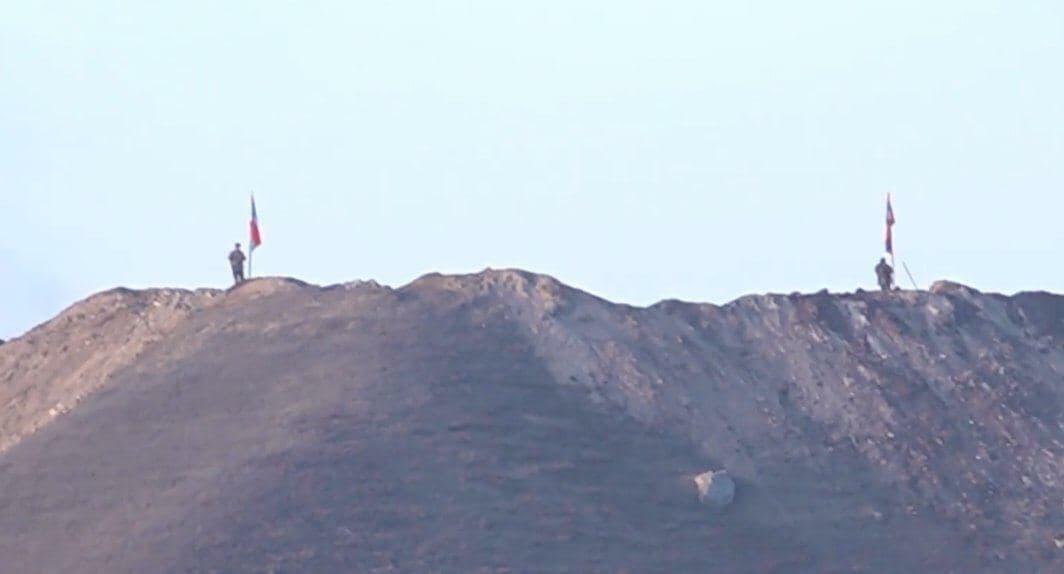The scientists claim that the material recovered from the site of their discovery shows evidence of a previously unseen type of cement, as well as ancient advanced metallurgy leading them to believe that the ruins belong not to ancient Greeks or Romans but to a much older advanced civilization.
Axar.az reports citing Daily Mail.
Researchers at the private satellite imaging firm Merlin Burrows have announced that they've managed to discover the ruins of the fabled lost city of Atlantis in southern Spain.
The researchers’ findings reportedly suggest that the ruins, located north of the city of Cadiz, belong neither to the Roman nor Greek empire but to a much older and more advanced civilization.
Tim Akers, maritime historian and head of research at Merlin Burrows, said that the material recovered from Spain shows evidence of "a type of cement not seen before, as well as ancient advanced metallurgy”.
He also revealed that the site "is spread over 100 miles from the Atlantic to the Mediterranean", with a "gigantic inland sea 65 miles long" filled with both natural and manmade islands lying "at the centre of the line of coastal cities."
In September, a British historian named Matt Sibson also claimed that he managed to deduce the location of the mythical lost city, which, according to him, could’ve been located on Frisland – a phantom island which appeared on virtually all of the maps of the North Atlantic from the 1560s through the 1660s, and was regarded as an error.
Earlier, YouTube blogger Jimmy Bright insisted that the Richat Structure, a geologic dome in the northwest Sahara also referred to as the Eye of the Sahara, is the most likely location of Atlantis.























































